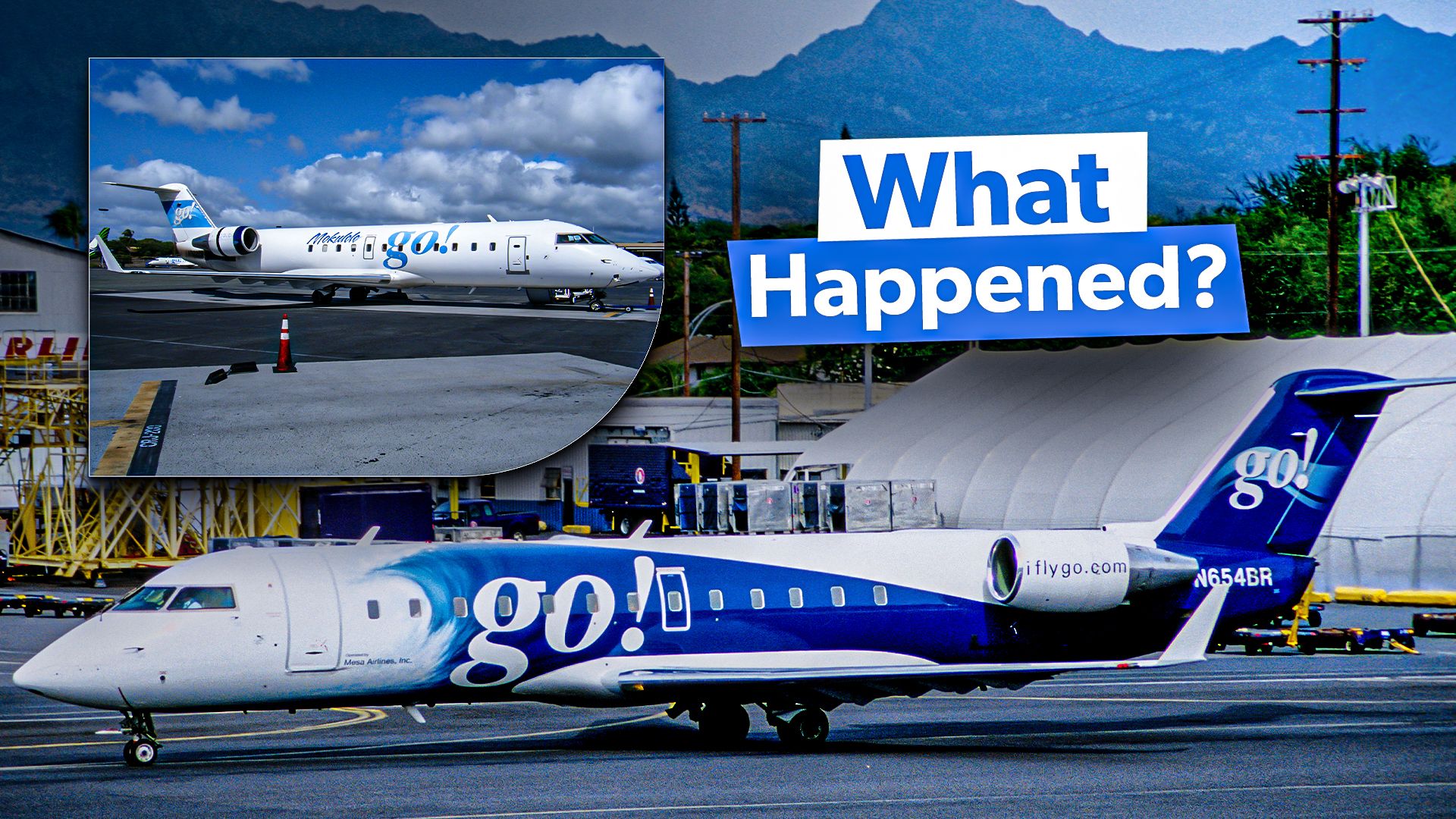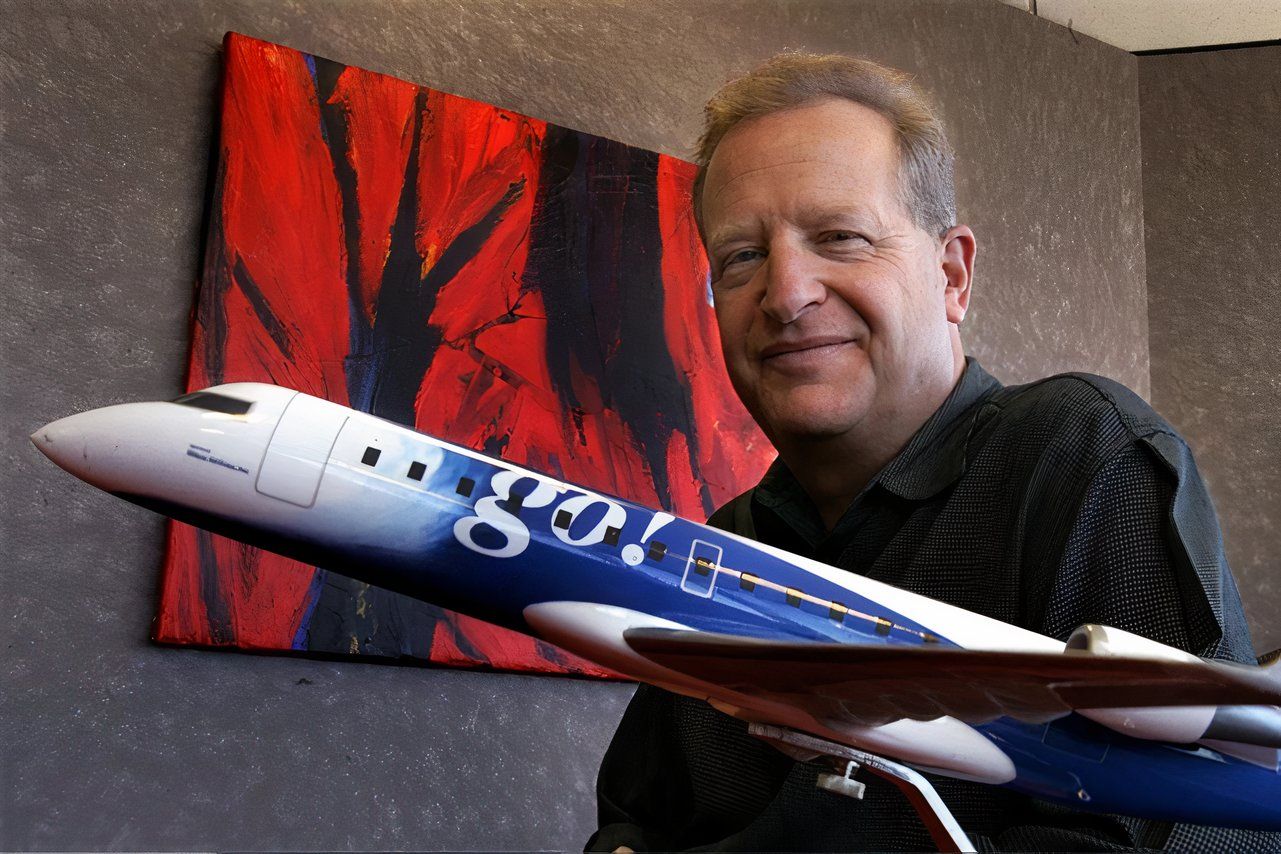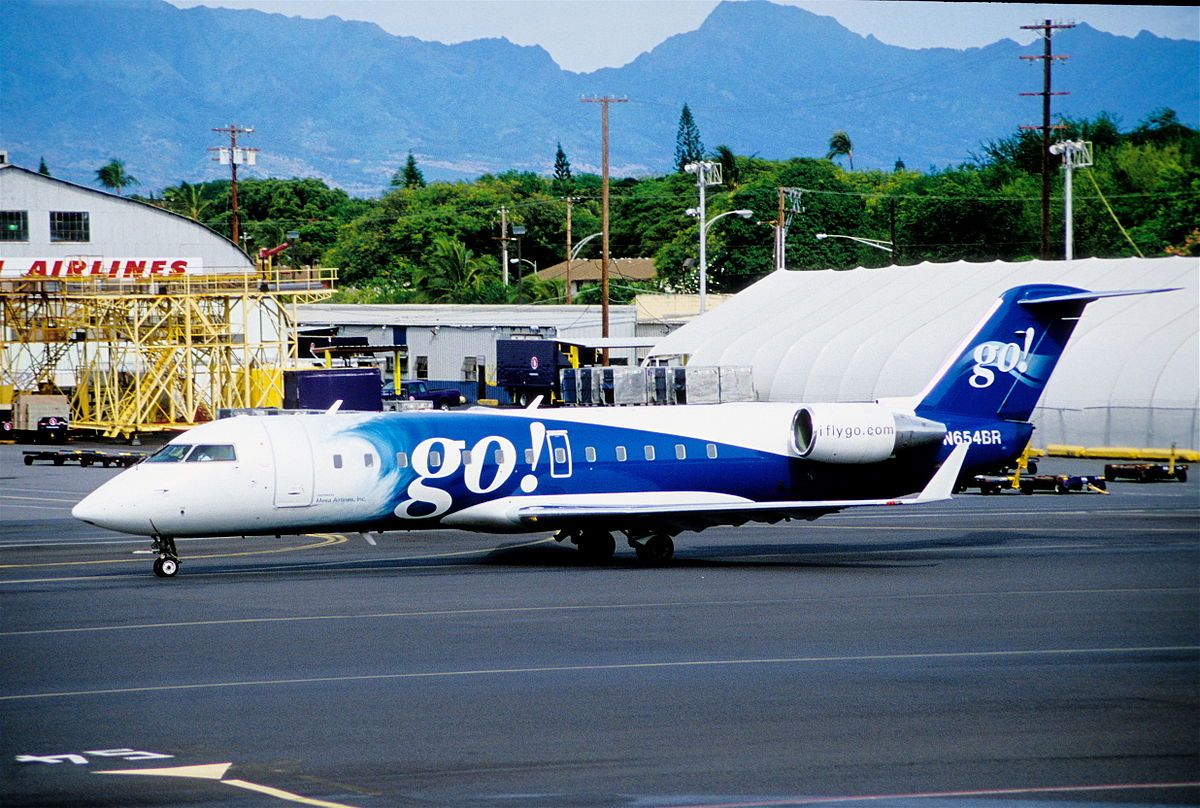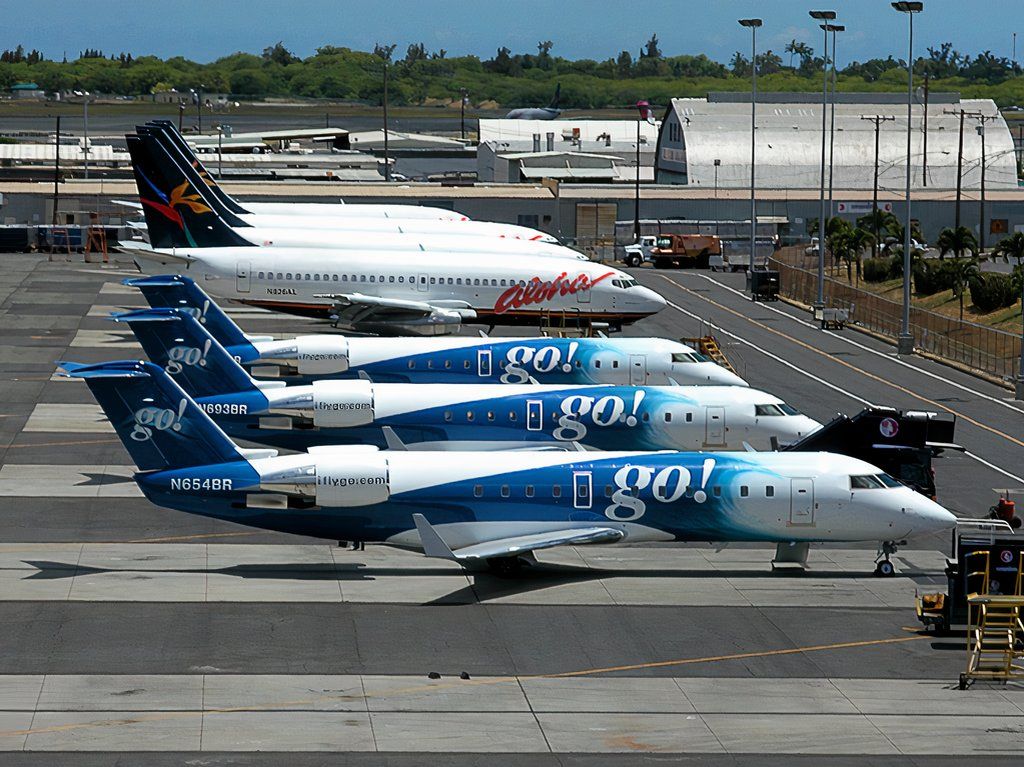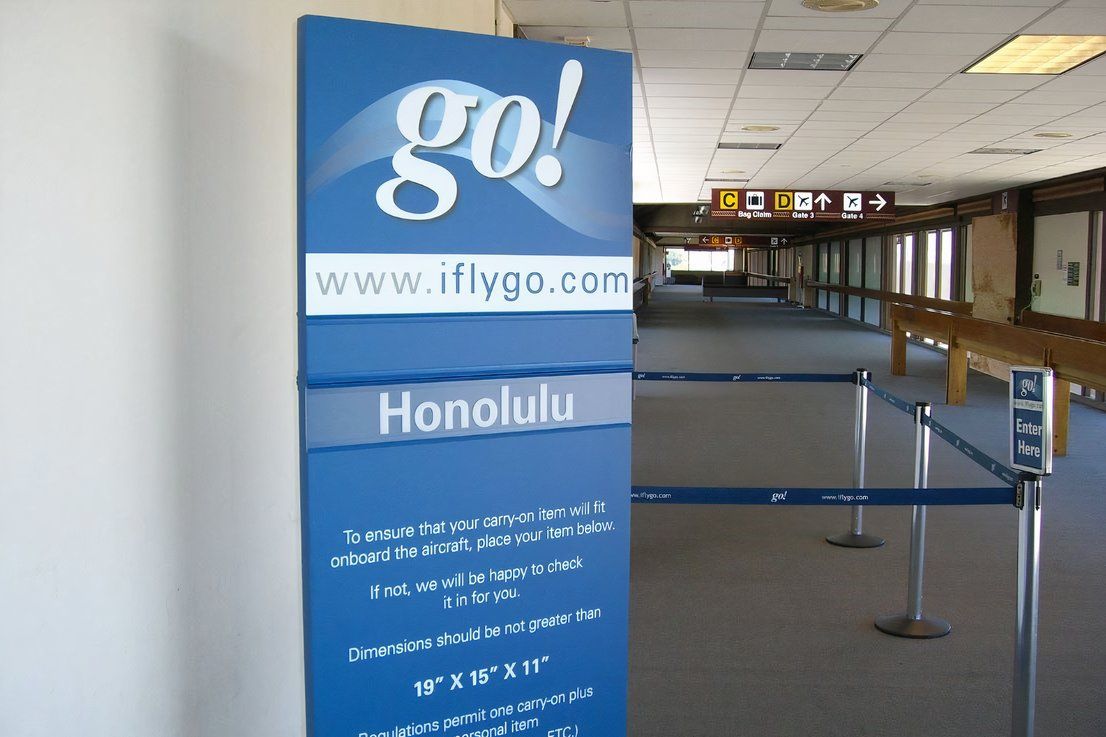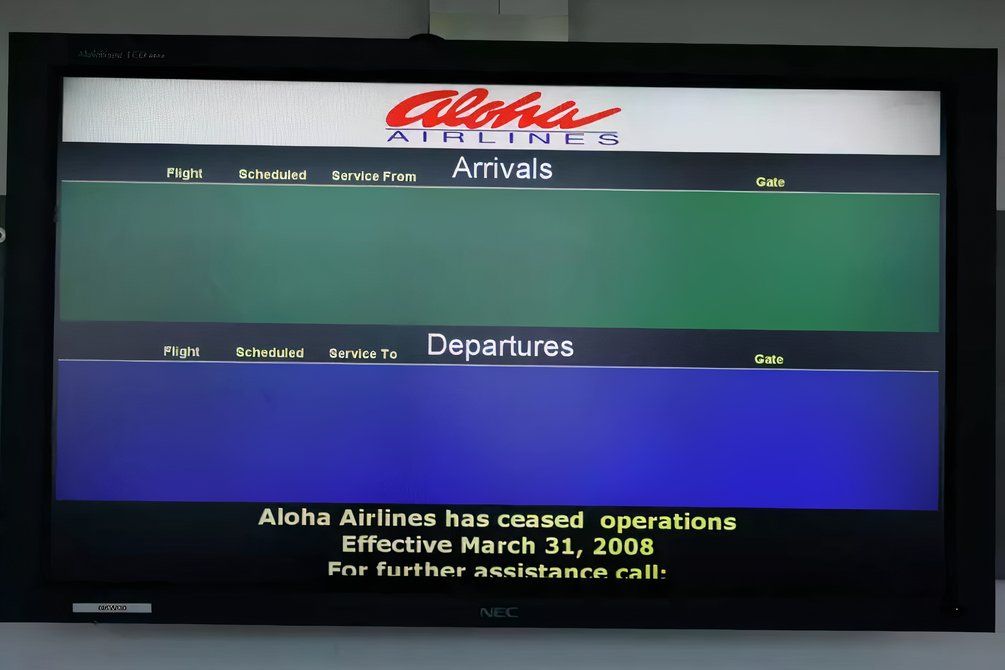Summary
- Go! was formed by Mesa Airlines to compete in the Hawaiian inter-island market, causing fare wars that ultimately put Aloha Airlines out of business.
- Legal battles ensued, as Hawaiian Airlines alleged Mesa had used confidential data to set up Go! The court ultimately ruled in Hawaiian’s favor.
- After multiple setbacks, Go! eventually folded in 2014, leaving Hawaiian and Southwest dominating the market to this day.
Inter-island flights are a critical part of the growth story of Hawaii. Aircraft are the quickest and most efficient way to connect the multiple islands, and numerous airlines have sprung up over the years to fulfill this role. While the likes of Aloha Airlines, Island Air and Mid Pacific sadly no longer exist, Hawaiian Airlines is very much still around and has been connecting the islands for nearly 100 years. But of all the airlines that have flown in this tropical paradise, none has been more contentious or disruptive as Go!, the inter-island airline launched by Mesa Airlines.
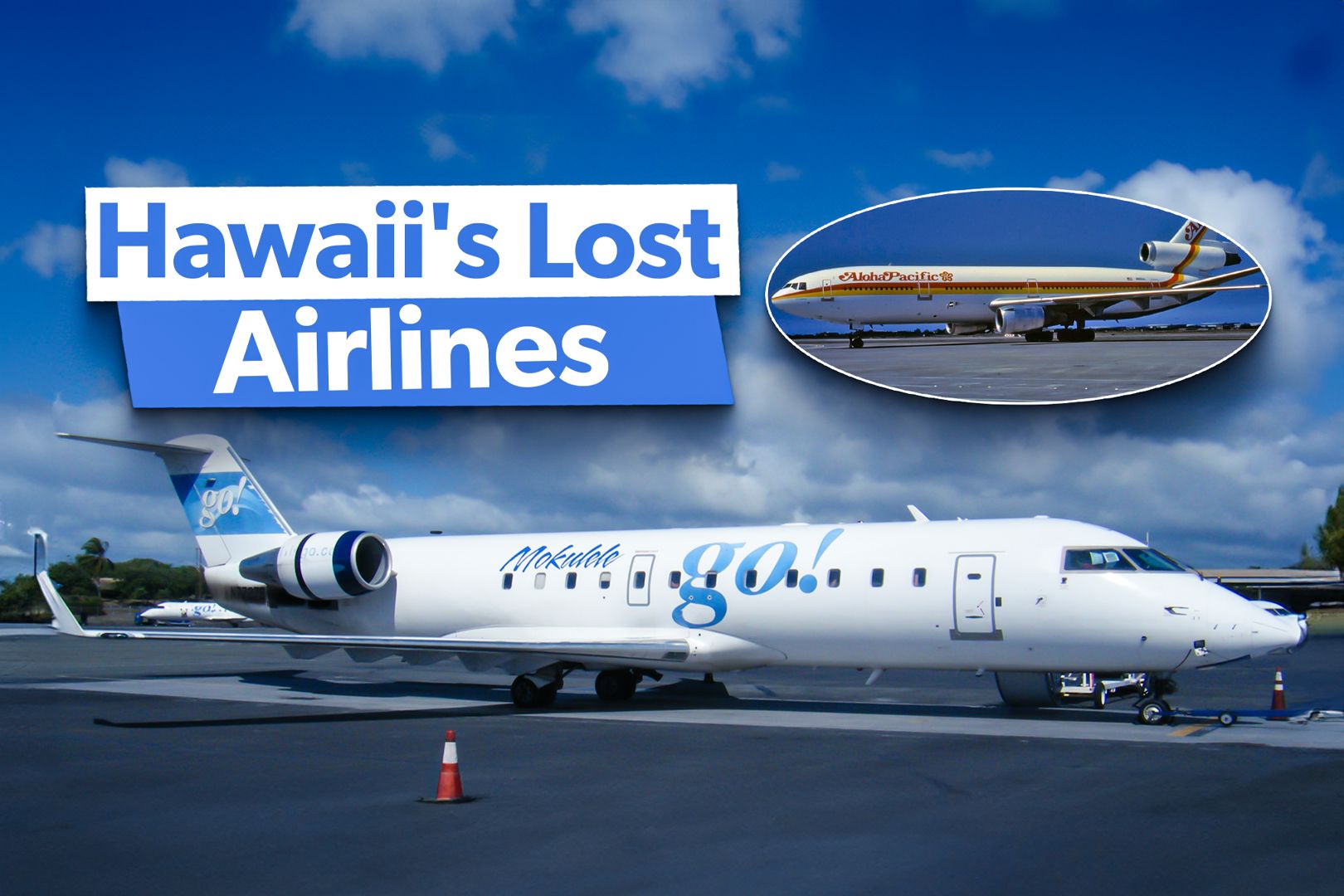
Related
5 Defunct Hawaiian Carriers That Have Been Lost To History
Aloha, Ohana, Go!, Mid Pacific Air, and Mahalo are now just distant memories.
Getting Go!-ing
Go! was founded in 2005 by Phoenix-based Mesa Airlines, best known for operating regional flights for American Eagle and United Express. According to Jonathan Ornstein, CEO of Mesa, the motivation was simply to provide much-needed competition in a market that was getting fleeced by the incumbents:
“Aloha and Hawaiian were gouging inter-island travelers to support their high-cost trans-Pacific operations. It was only a matter of time before somebody stepped in. We were afraid it would be someone like Southwest or JetBlue, who really could go in and wipe everybody out. That’s why we felt we had to get in there ahead of them.”
Photo: Mesa Airlines
The initial plan for Go! was to utilize five Bombardier CRJ-200 regional aircraft, and price tickets aggressively to capture market share, but also to grow the market by making inter-island travel more affordable to locals and tourists alike. And indeed this is what happened: Inter-island traffic increased immediately after Mesa’s entry, reversing a five-year decline accompanied by rising airfares. So at face value, the arrival of Go! was a clear win-win. But was it really?
Heading to court
One market player that certainly didn’t feel like it was a win was Hawaiian Airlines. It had only just emerged from Chapter 11 bankruptcy in mid-2005, and an aggressive price war was the last thing it needed. Worse still, it alleged that during the course of its bankruptcy proceedings, Mesa had been a potential investor, and had access to confidential business data that it was now using to develop Go!
Hawaiian filed a complaint for injunctive relief in February 2006, even before Go! had got off the ground. A month later, Mesa filed a countersuit, claiming that Hawaiian was violating antitrust law by trying to keep Mesa out of Hawaii. Not to be outdone, Aloha Airlines also filed suit, claiming that Mesa had also received confidential information as part of its own bankruptcy proceedings, and was using it improperly to enter the inter-island market.
Photo: Mesa Airlines
While Mesa was arguing that Hawaiian and Aloha were just scared of competition and trying to preserve their duopoly, Hawaiian CEO Mark Dunkerley was adamant that it was about much more than that:
We appreciate that competition is good and in the end, it makes everyone better. We already have competition and we welcome competition. But this is not about competition. Both of the existing competitors are coming together to say we’re not willing to play poker with people who have already seen our hand.”
Ready for take off
While the legal battles ensued, Go! took to the air in June 2006 with its first flights. On the schedule were four initial routes:
- Honolulu (HNL) to Kahului (OGG)
- Honolulu (HNL) to Lihue (LIH)
- Honolulu (HNL) to Kona (KOA)
- Honolulu (HNL) to Hilo (ITO)
Photo: All Around Hawaii
True to its word, it marketed itself aggressively, offering $19 flights in a market where the lowest priced flights were at least $100. It didn’t take Hawaiian and Aloha long to respond. Aloha launched a promotion called the “Great Go Away Giveaway,” providing 1,000 free round-trip tickets while taking a jab at its newest competitor. Hawaiian emphasized its roots in the local community and as a major employer in the state.
Crucially though, both also joined the price war and matched the Go! rates. Go! responded by dropping its ticket prices to $9, and later on that year was even selling tickets for just $1. It was quickly devolving into a race to the bottom.
The battle intensifies
The situation was perilous for both Hawaiian and Aloha. While they had longer histories and larger market shares, they were both wounded from their recent bankruptcies. Meanwhile Go! might only have 5 aircraft, but its parent was one of the nation’s largest regional carriers with revenues over $1 billion, and it had $300 million cash on hand for its pugnacious CEO to see out this battle. The stakes were high.
Meanwhile the legal wrangles continued well into 2007, until in September the court ruled that Mesa had indeed misused confidential information in setting up Go!, and it awarded Hawaiian $80 million in damages. Notably though, it did nothing to restrict the operations of Go! in Hawaii, and the fare wars continued unabated. While Mesa appealed the verdict, it ultimately settled with Hawaiian for $52.5 million. But this all came too late for Aloha, which had run out of financial runway and suspended all operations in early 2008.
More turbulence ahead
But there were far larger issues on the horizon. The 2008 recession, combined with spiraling fuel costs, put a dampener on all airlines across the globe, and Go! was not immune. Mesa cut routes it was planning, shelved plans for the acquisition of new Embraer E175 aircraft, and also terminated its codeshare and co-branding with local carrier Mokulele Airlines. It was also blocked from its intended purchase of Aloha’s name and brand, which it had planned to use to re-brand Go!
Photo: SFG
Worse still, Go! also had a highly publicized and very embarrassing incident in 2008. A 36-minute flight between Honolulu and Hilo overshot the airport by 30 miles while remaining at an altitude of 21,000 feet. Air traffic controllers were unable to reach the two pilots for 25 minutes, and it was determined that both pilots had fallen asleep. The fallout from this event raised serious concerns about whether the hyper-competitiveness was risking safety protocols.
End of the line
Both pilots were ultimately fired and Go! limped on. While the demise of Aloha had created a gap in the market, it was Hawaiian as the larger and more established carrier that benefited most. It added four additional inter-island B717-200s in 2008 alone, while Go! was limited to operating just two of its CRJ-200s.
Ultimately, Mesa made the decision to shutter the airline in early 2014, choosing to move its CRJ-200 aircraft back to mainland operations, and bringing to a close one of the most chaotic periods in Hawaiian aviation history.
As a footnote, it was just a few years later that Ornstein’s original fear materialized. In 2019, Southwest did step in, launching inter-island flights shortly after starting its first services from California to Hawaii. To this day, Hawaiian and Southwest dominate inter-island flights, with a 64% and 43% market share respectively.
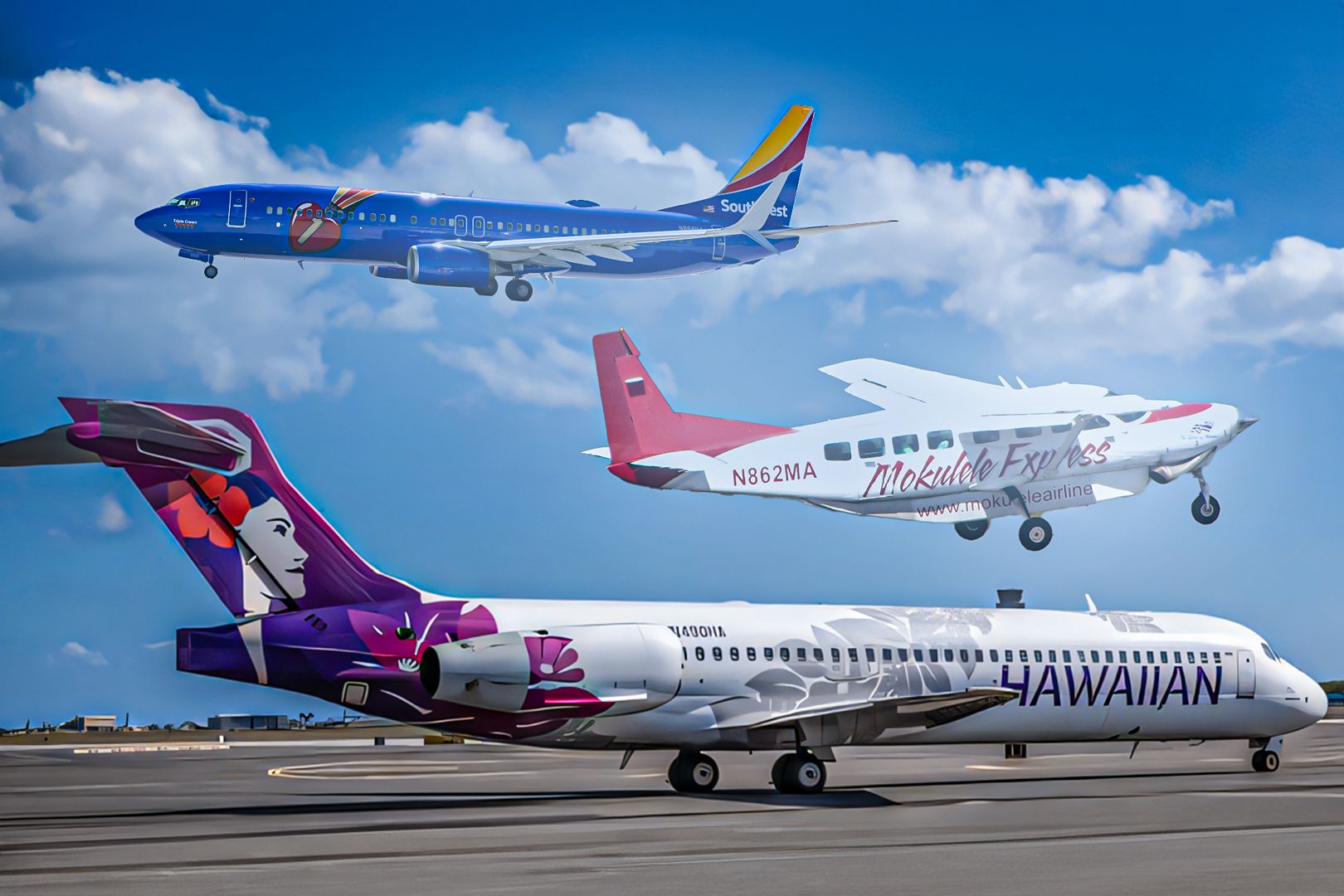
Related
Hawaii: A Look At The Carriers Offering Inter-Island Flights
Discover the key airlines flying inter-island routes in Hawaii, their destinations, and aircraft, connecting the islands seamlessly.
Did you ever fly aboard Go! in Hawaii? What memories do you have of inter-island flights in Hawaii? Tell us your thoughts and experiences in the comments.

